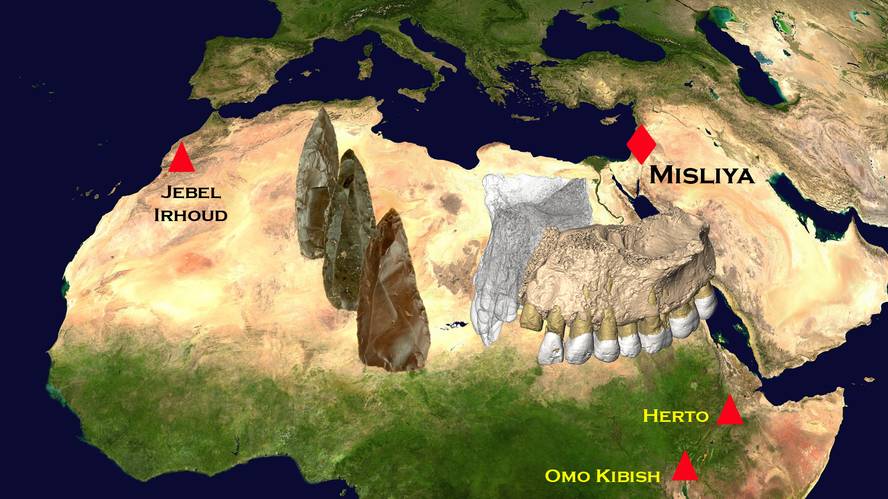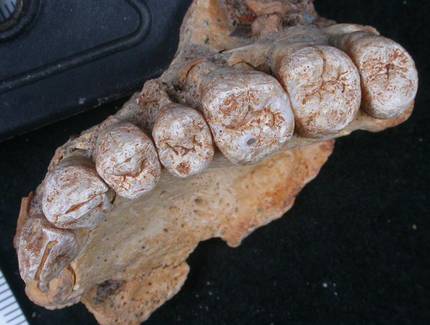Oldest remains of modern men discovered outside Africa
New human remains found in the Middle East have shown that modern humans left Africa sooner than previously thought. They have found human teeth between 177,000 and 194,000 years with clear characteristics of our species in the cave of Misliya, in Israel.
Until now it was thought that modern humans first left Africa 90,000 to 120,000 years ago, so the new discovery would significantly alter the history of our species and align with what genetics have pointed out (about 220,000 years ago).Joseba Ríos, a researcher at the Human Evolution Research Center in Burgos, has considered the discovery important: “The departure of modern man is advancing almost 80,000 years. This means they would have 80,000 more years of contact with the Neanderthals.”
"Genetics has shown that the main mix between Neanderthals and modern humans occurred long before modern man arrived in Europe and the possible scenario is located in the Middle East," explains Ríos. The Middle East was the largest corridor for hominid migration along the Pleistocene. Modern men, Neanderthals from Europe, arrived from Africa, and on that trip the two species were present for 150,000 years, according to the new study.
Researchers have claimed that humans in the Misliya cave used the Levallois lytic industry, making them the oldest vestiges of modern men who used this technology. “Levallois is a very controlled technique. The tips were fine and very sharp, with a very planned technique and fixed working standards. It was a great technological advance as a systematic production was achieved. In the appearance of this technological leap we put the border between the Lower Palaeolithic and the Middle”, explains Ríos. “This research will serve to put order in the industries of the Middle East, to unravel what Neanderthals or modern humans did, as at that time the two species were very technologically similar.”
There are few traces of modern archaic human beings, so it is very difficult to analyze their origin, their culture and their migrations. According to Ríos, “this article has set a new milestone for understanding it.”







